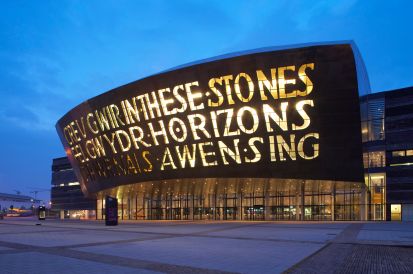Join NFS at our next FMP Event
Having only recently emerged from the deepest recession in living memory and with growth still very modest where it exists at all, it is not surprising that organisations are now keen to improve space utilisation as part of reducing real estate costs.
Here are five of the top issues that need to be considered on the journey from a fixed working environment to a more flexible use of space.
Specifically, we consider the issues of space utilisation measurement, the integration with booking systems and the challenges of taking staff on the flexible working journey to achieve better productivity.
- Taking the time to understand current space utilisation, including popular and unpopular areas to enable better use of all available space
- Reconciling booked space with space actually used for meetings. If there is a large discrepancy, then meetings rooms can be reconfigured to reflect demand
- Working with the staff team to explain why changes are occurring, to ensure they do not feel threatened by the new office culture
- Creating a workspace that is more of a hub or meeting point to encourage sharing of ideas to solve challenges and work more creatively
- Integrating technology that is easy to implement and simple to use to encourage staff to engage and book and cancel desk, meeting or networking space as and when required from any mobile, tablet and desktop device.
By considering each of these simple steps, workspace can be optimised for the needs of the employees, opportunities to collaborate and break out of departmental silos are made possible and this typically results in a demonstrable increase in revenue as well as an improved sense of inclusion, engagement and morale.
Says Luis de Souza, CEO of NFS Technology Group: “While each organisation’s journey to this point, in creating a more agile working environment is unique, those that have successfully arrived will have a number of things in common.
“Firstly, they all recognise the importance of accurate data of space utilisation in making the right decisions on how space is designed and used. Without exception, they have understood the importance of integrating the three key elements of measurement, management and control in optimising the workspace and supporting the workforce.”
Organisations should see the move to flexible working as a journey, not just a destination. With change now the new norm the best way organisations should plan for the greatest levels of flexibility in every area of the workplace journey.
For more information on creating more agile workplace solutions from NFS Technology Group, please visit www.nfs-hospitality.com.











